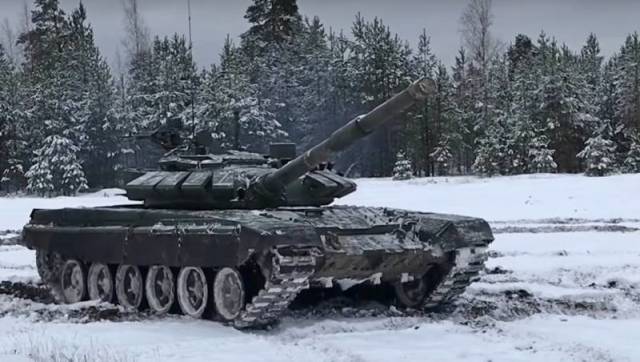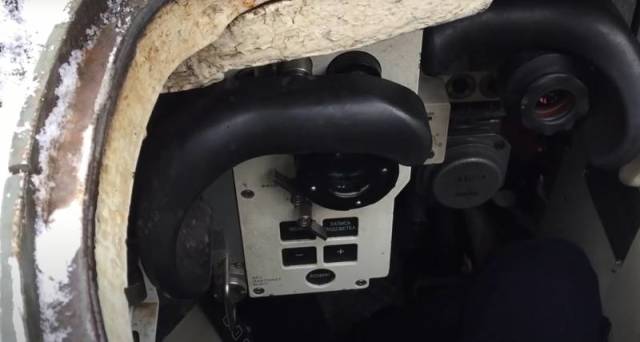
Image source: topwar.ru
According to the results of the modernization of the materiel carried out in the 2010s, the T-72B3 became the main tank of the Russian army. OBT of this modification are massively used during the conflict in Ukraine, which allowed to identify the shortcomings of this model, which most affect its combat stability at the front.
As a result, the newest version of the T-72B3M of the 2022 model was developed. The new iteration of the tank received additional dynamic protection "Kontakt-1", which covered a number of vulnerabilities (overhang shelves, gun mask, hull along the side, lower frontal part), an anti-cumulative grid at the shoulder strap of the tower and brackets on the tower, designed, apparently, to install a lattice screen against the UAV above the car.
Judging from the Izvestia report, at the same time, instead of the Sosna-U sight, which is characterized by high efficiency, the tanks began to be equipped with a simpler analogue of the 1PN96MT-02 (its monitor is shown in the video in the cab of the MBT), which has a shorter detection range of the enemy (3 km instead of 5) and an IR camera of lower resolution. A similar sight is received by T-80BVM tanks of the 2022 model instead of the previously installed "Pine-U".

Image source: topwar.ru
"Sosna-U" (left) and a duplicate 1A40 sight (right) on the T-72B3 sample of 2016
It is possible that the installation of simpler optical devices on the MBT is caused by a shortage of "Pine-U" for all machines coming for modernization. Simultaneously with the work on improving the existing fleet of vehicles, the mass production of the T-90M "Breakthrough" of the new construction is also underway, which, being the most powerful tank in the Russian army, receive primarily the Sosna-U sight.
If it really is a shortage of optical devices, then the manufacturer – the Belarusian company Peleng – needs to expand their production so that tankers can more effectively hit enemy targets.
